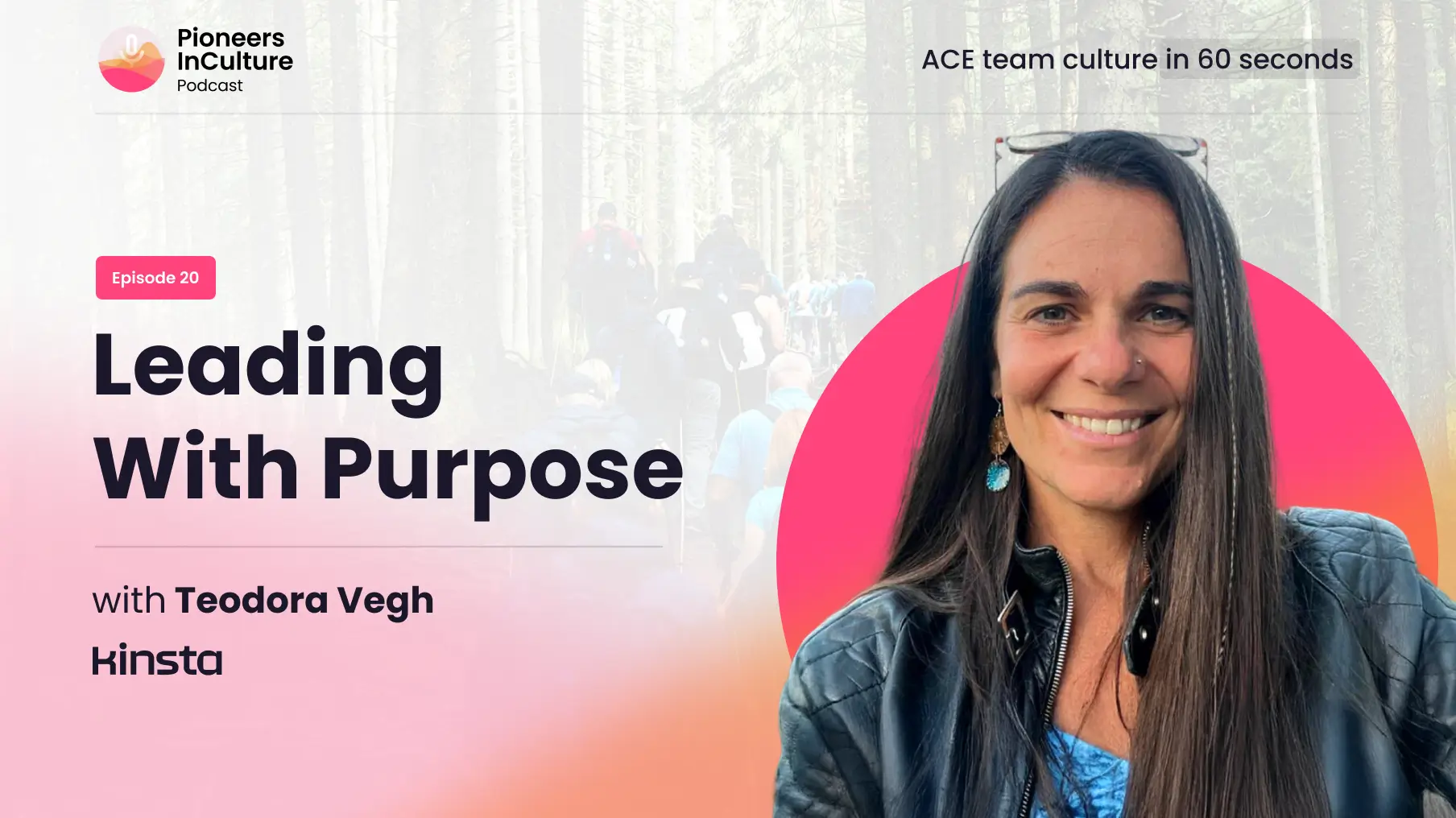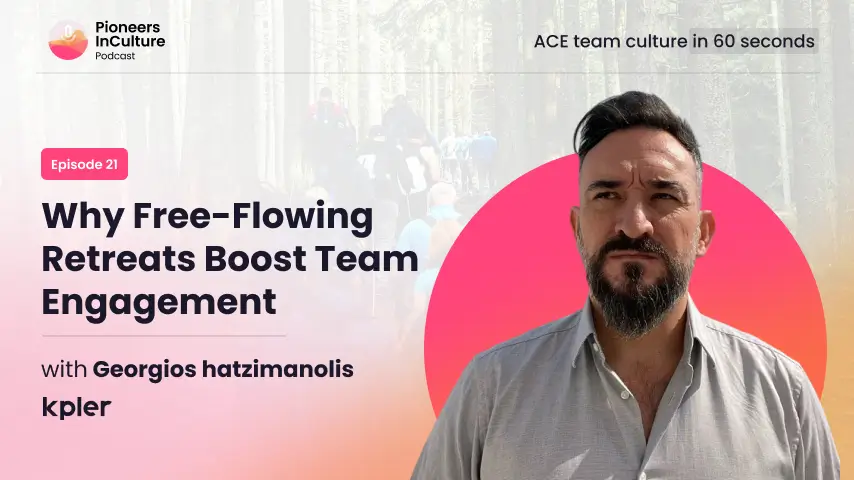
Leading With Purpose
For Teodora Vegh, Cultural Team Lead at Kinsta, leading retreats isn’t about checking boxes—it’s about setting a tone that lasts.
Related content
Cultural Moments, Team Impact
At Relai, creating memorable retreat experiences means combining fun with purpose. In this episode, Tanja Stojic, HR Lead, shares two standout moments that brought her team closer, starting with a lively wine tasting at Aromar Plata in Barcelona. The setting gave everyone a chance to unwind, laugh, and connect beyond work conversations. Another highlight came during a retreat in Budapest, where the team visited the Satoshi Nakamoto statue. For a company rooted in crypto, the moment struck a meaningful chord. It wasn’t just sightseeing—it was a reflection of their mission, and a shared point of inspiration. Tanja’s approach shows how thoughtful retreat planning can foster both team chemistry and cultural alignment, especially for small, growing teams.
Autonomy-Driven Team Building
For a company that's been fully remote for over a decade, in-person time is rare and valuable. At Giant Swarm, Head of Recruitment Joshua Olson-Kerrigan explains how their biannual retreats rely on one powerful framework to drive connection: the open space format. In this episode, Joshua shares how employee-led, self-directed sessions align with Giant Swarm’s core values of autonomy and trust. With the “rule of two feet,” team members are encouraged to walk away from sessions that aren’t serving them and join ones where they can contribute or learn more. The result is a retreat culture where ownership, energy, and engagement thrive naturally. If you're building offsite programs for distributed teams, this is a standout example of how to turn a retreat into a space for real-time collaboration, not just consumption.
Why Free-Flowing Retreats Boost Team Engagement
What does it take to create real connection at a company retreat with 600 people? According to Georgios Hatzimanolis, Head of Brand Communications and Events at Kepler, it starts with doing less, not more. In this episode, Georgios shares how their offsite at the W Hotel in Barcelona was designed around free-flowing time instead of packed agendas. By eliminating heavy programming and avoiding over-curated activities, his team created space for authentic interactions to flourish. Think randomized dinners across the city and opt-in activities based on shared interests—strategies that encouraged organic bonding without the pressure. For culture and events leaders managing large-scale gatherings, this conversation offers a refreshing take on how less structure can lead to more meaningful engagement.



